
At the big watch shows, the brands tend to promote their halo products – the ones with all the bells and whistles, and the highest prices. These products also tend to grab the headlines because, let’s face it, “three-hand watch” is not as sexy as “triple titanium tourbillon.” However in the real world, most of us will not purchase the triple tourbillon. Fortunately for those of us who don’t have as much dough as Pizza Hut, several brands presented new and noteworthy watches in the $6,000-to-$12,000 range (which is about as affordable as it gets at SIHH), many of which are just making it to retailers’ shelves now or very soon. In this report, I present five value-priced offerings that caught my eye, listed below from least to most expensive.
IWC Aquatimer Automatic
Regular followers of SIHH have likely noticed IWC’s practice of focusing on individual collections each year. This year the Aquatimer was up to bat, and IWC rolled out several new models. The entry point is the Aquatimer Automatic, and it’s available with black or silver dial, and on a strap or a bracelet. At 42 mm in diameter and 14 mm thick, the Aquatimer Automatic is the smallest model in the new collection, and though it’s the entry-level watch, it still offers 300 meters/1000 feet water resistance. It also features the most conspicuous technical modification IWC has bestowed on the new Aquatimer range: an innovative external/internal rotating bezel.
The bezel system combines the advantages of an internal rotating bezel, which is protected from dirt and seawater, with the ease of use of an external rotating bezel that can be turned even by a diver wearing gloves. The inner and outer bezels are connected by a sliding clutch system. The clutch is located inside the small housing mounted on the 9 o’clock side of the case. As you would expect, the inner bezel only rotates counterclockwise to prevent the diver from accidentally extending the dive time. The dive time scale is coated with Super-LumiNova in two colors for clarity: green for displays relevant to dive time, and blue for the hour display. Though the new Aquatimer collection features more IWC in-house movements, that benefit does not appear at the first rung on the ladder. The Aquatimer Automatic is powered by IWC caliber 30120, which is based on the ETA 2892.
The Aquatimer Automatic in steel on a rubber divers’ strap will be priced at $5,750.
Panerai Luminor Base 8 Days Acciaio – 44 mm
Last year Panerai launched its P.5000 in-house, manual-wind movement in two Luminor Marina models, and for 2014, the P.5000 finds several new homes, including the 44 mm Luminor Base 8 Days Acciaio. This may be an entry-level Panerai but, in my opinion, it ticks just the right boxes. The classic Luminor case and crown guard, coupled with the black sandwich dial, creates a pure Panerai look that is hard to fault, and though it may be Panerai’s Sportster, the 44-mm case suits those with average-size wrists and understated taste. When you say “Panerai” to an average watch enthusiast, this is the look most of them picture.
The exhibition caseback provides a nice view of the P.5000 movement, though the view consists primarily of a massive plate that provides great structural rigidity, but little aesthetic pleasure. The movement runs in 21 jewels at a classic 21,600 vph, or 3 Hz. In another sign of strength, the balance wheel is supported by a sturdy bridge that is fixed by two screws, beneath which are threaded rings that turn in both directions. This construction facilitates adjustments to the endshake of the balance staff pivots, and it provides added shock protection. The variable inertia balance is another hat-tip to traditional watchmaking. The eponymous eight-day power reserve is achieved by coupling two spring barrels with toothed rims, in series. Panerai says the twin assembly enables longer, thinner springs to be used, resulting in a longer duration and greater uniformity in delivering energy to the movement.
Panerai tells us that the U.S. price for the Luminor Base 8 Days Acciaio is currently set at $7,800, but that this is subject to change.
Calibre de Cartier Diver
IWC’s new divers’ watches were a big story at SIHH, but Cartier’s new divers’ watch generated more buzz. The concept of a Cartier divers’ watch seems to get people talking, and the product is very nice as well. Visually, the Calibre de Cartier Diver carries over the signature design cues introduced in 2010 with the launch of the original Calibre de Cartier. However the Diver is not just a Calibre with a new bezel. Cartier re-worked the case to make sure the pretty face has some substance behind it. Four little numbers required that the Calibre case be rebuilt: 6425, as in ISO 6425, the international standard for divers’ watches. This set of standards is not easily met, and indeed relatively few watches on the market are ISO 6425-certified. In a nutshell, the standards cover the bezel and dial (motion and elapsed time display); legibility in light and dark conditions, an ability to tell whether the watch is running (usually satisfied with a luminous seconds hand); magnetic, shock, and chemical resistance; and strap and springbar strength (the strap or bracelet and the springbars must withstand 45 pounds of stress). The watch must also be water-resistant to 100 meters [corrected – original read 300 meters].
To meet the standards, Cartier had to design a new watch case from the ground up, and they did it while keeping a careful eye on the brand’s design codes, which meant keeping the case thin. The new case is only 11 mm thick, despite the use of a thicker sapphire crystal. A screw-in crown helps assure 300 meter water resistance. The divers’ bezel rotates in 120 increments controlled by three clicks, enabling half-minute adjustments. The dial is well-supplied with Super-LumiNova for excellent visibility under water. Beneath the dial ticks Cartier’s in-house caliber 1904 MC. The movement features ceramic ball bearings in the bi-directional automatic winding system and twin mainspring barrels to guarantee consistent torque delivery during the full power reserve.
The Calibre de Cartier Diver in stainless steel on a rubber strap will retail for $8,200. A steel bracelet raises the ante to to $8,900.
Jaeger-LeCoultre Master Ultra Thin
In 1903, Jacques-David LeCoultre rose to Edmond Jaeger’s challenge to create “the world’s thinnest movements”. In 1907, their encounter gave rise to LeCoultre Calibre 145 – a Lépine 17-ligne pocket-watch movement– the thinnest in the world at just 1.38 mm. Jaeger-LeCoultre has been creating ultra-thin movements ever since. Today, the Master Ultra Thin name holds a special place in the hearts of many enthusiasts. At SIHH, JLC launched a new model in a 38.5 mm x 7.58 mm case, and because it will be available in steel, it finds its way onto our list. This watch offers classic good looks and a well-respected ultra-thin automatic manufacture Caliber 896 movement that stands just 3.98 mm high. It consists of 223 parts and it runs in 32 jewels at 28,800 vph for 43 hours on a single wind.
The steel model bears reference 127 84 20, and it will retail for $8,500.
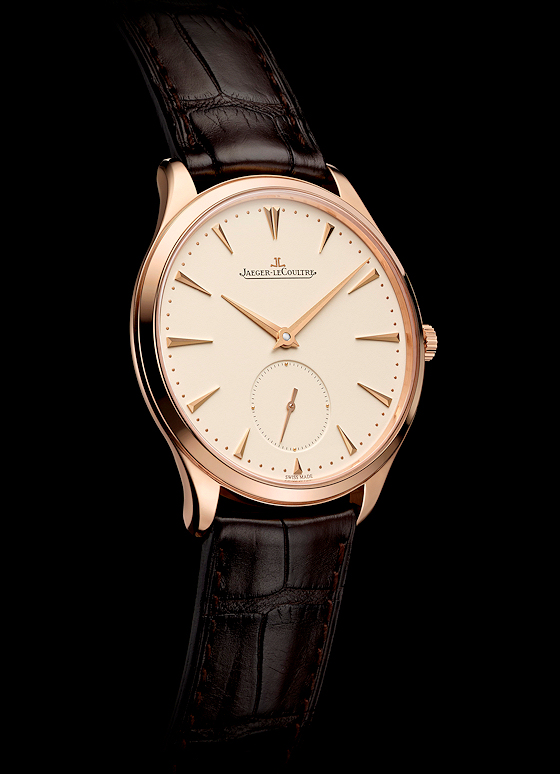
Montblanc Meisterstück Heritage Perpetual Calendar
At SIHH, Montblanc launched a new collection of timepieces to honor the 90th anniversary of the brand’s famous Meisterstück writing instruments. The Meisterstück Heritage Collection contains four timepieces. The Pulsograph bi-compax chronograph generated the most buzz, but for our purposes, you can hardly do better than the perpetual calendar in steel. The Montblanc Heritage Perpetual offers an absolutely classic presentation. The case measures 39 mm in diameter and 10.24 mm thick. Small blued hands provide the calendar indications. The date is shown at 3 o’clock, the day of the week at 9, and the month at 12. On the inner scale of the month display, the leap-year cycle is shown by a blue triangle and a red “4” indicates the leap year. The moon’s phases are displayed in a window at 6 o’clock, and the moon’s age is indicated in days at this window’s upper edge.
The automatic-winding movement is Montblanc Caliber MB 29.15. Each calendar indication has its own inset button in the side of the case, allowing each indication to be set independently. The movement ticks at 28,800 vph and has 25 jewels. The power reserve is 42 hours. Each Montblanc Heritage Perpetual Calendar watch is subjected to Montblanc’s 500-hour quality test at the manufacture in Le Locle. According to Montblanc, the test verifies the accuracy of the watch’s rate, its water resistance, the functionality of the individual displays, and the timepiece’s “overall performance and robustness.” Each watch that passes the 500-hour test is issued a test certificate. Last year at SIHH, Jaeger-LeCoultre presented its Master Ultra Thin Perpetual Calendar, and enthusiasts swooned when they learned it would be offered in steel priced at $19,900. Montblanc may not yet have achieved JLC’s brand aura, and Montblanc’s perpetual does not offer a four-digit year display, but in steel, Montblanc’s perpetual calendar is priced at only $12,800, which makes it a bona fide haute horlogerie bargain.
For many more new watches from SIHH 2014, click here to order the new WatchTime E-Special: The Watches of SIHH 2014, available for instant download in the WatchTime Shop for just $2.99.
This article was originally published on February 6, 2014, and has been updated.

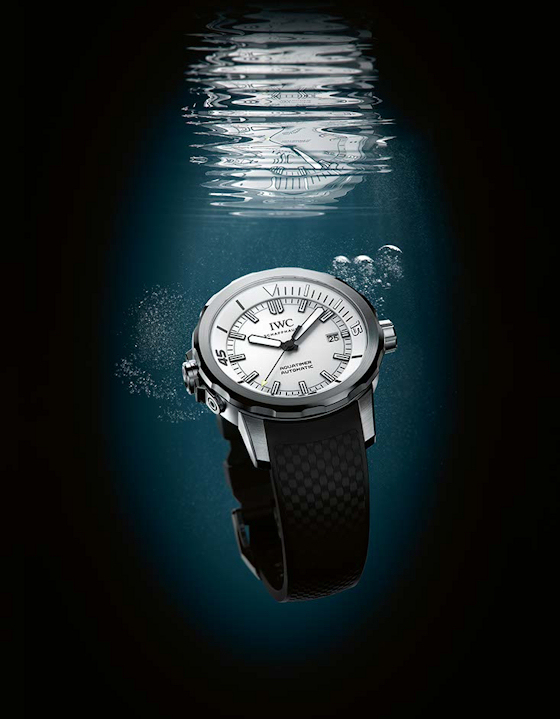
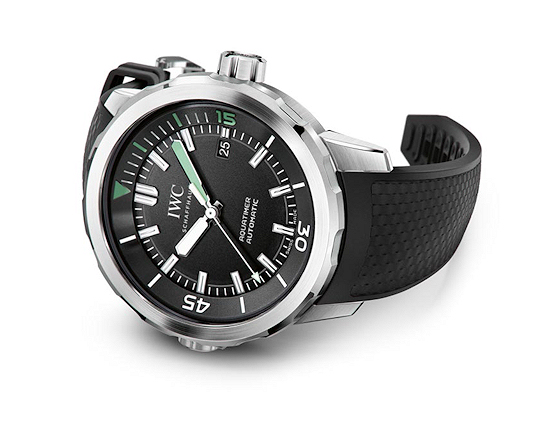
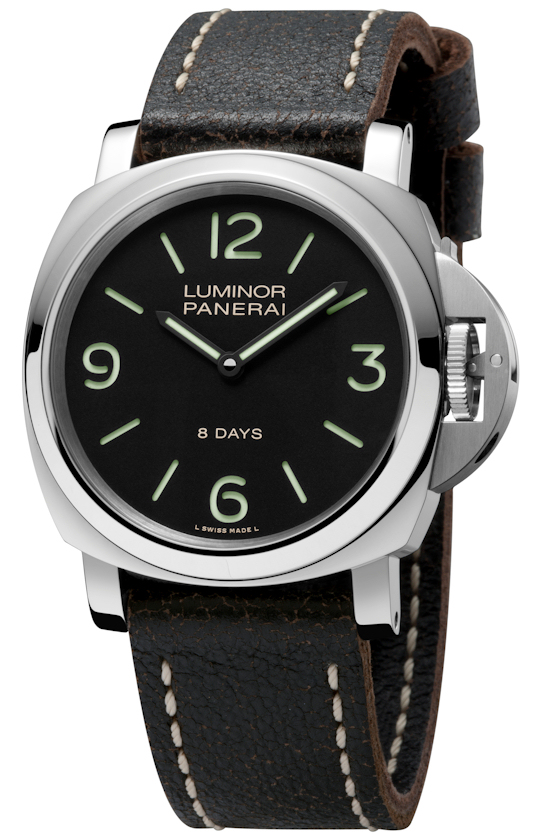
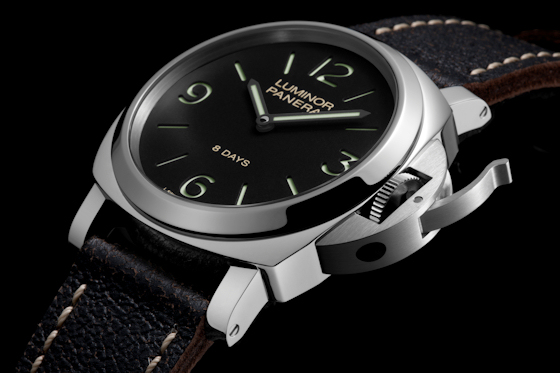
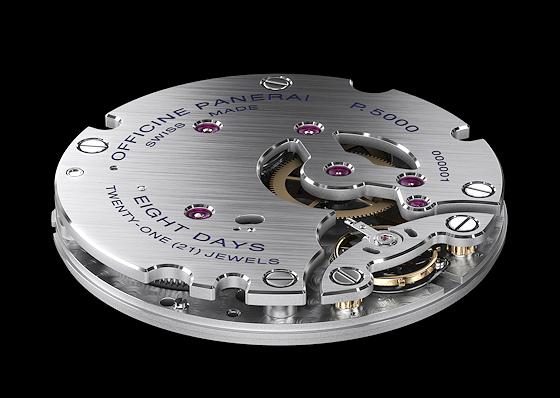
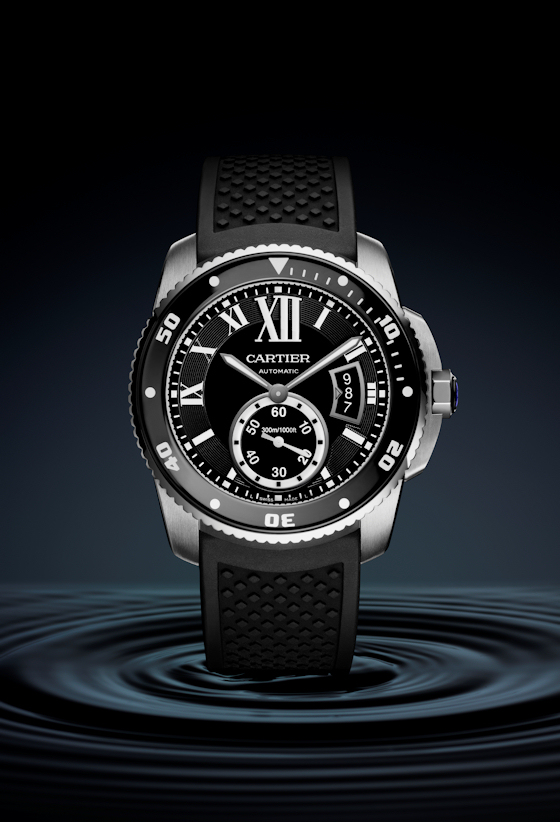
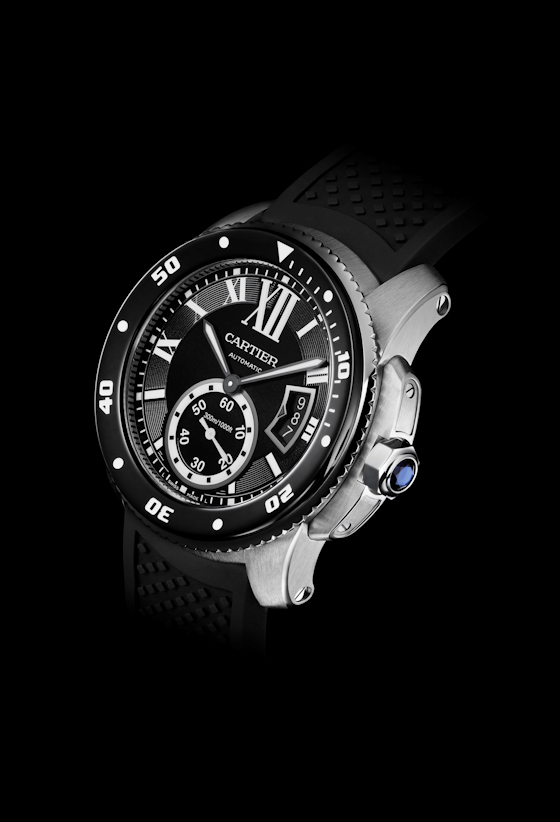
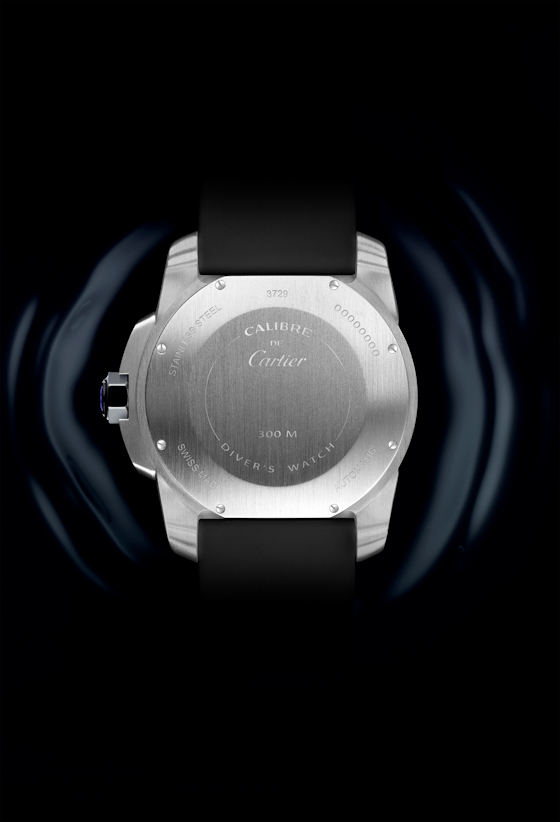

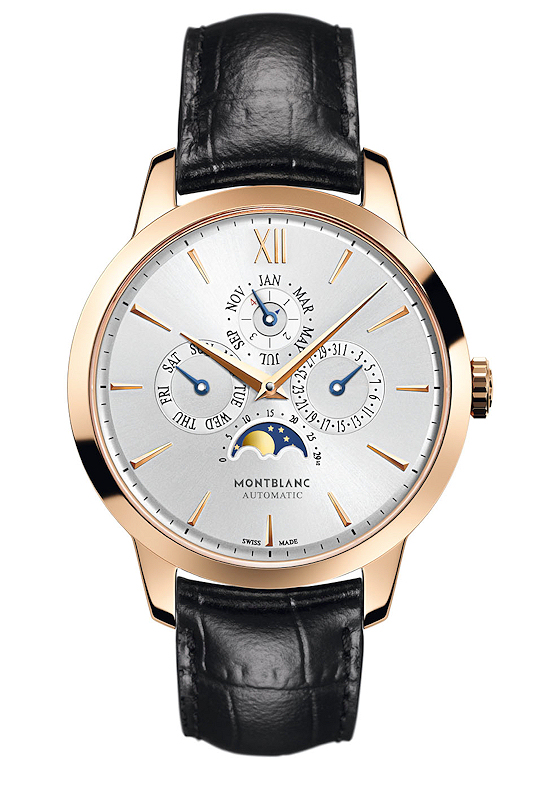
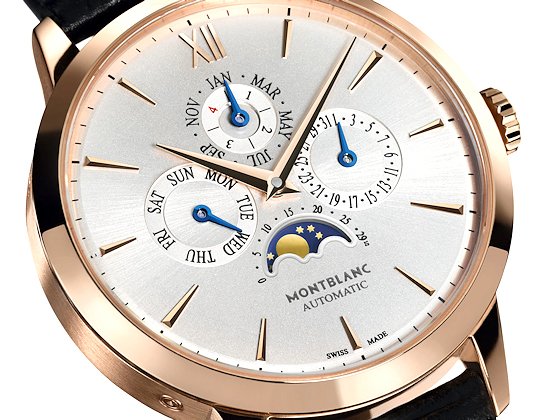

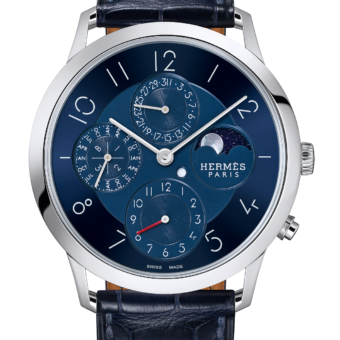


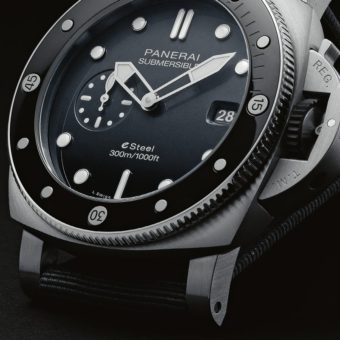
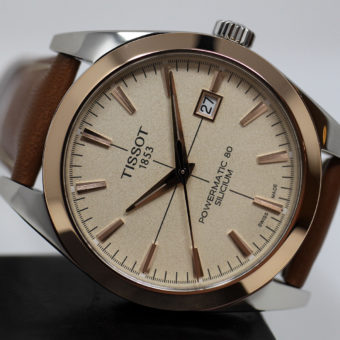
The Meiserstück is completely ripping off the JLC 8 Days Perpetual.
The Panerai is just more of the same; I guess it would take too much effort for them to put a simple date complication into their new movement.
Nice to see Cartier take a plunge into the deep end (I know…that was bad) with their new divers model.
It would be nice to see A Lange & Söhne come up with a more approachable “entry level” model next year, somewhat along the lines of a JLC Master Control price range.
Ditto Ditto GBD!
buy a railroad grade American made pocket watch on ebay.
All you seem to cover is mainstream brands all the time.
There are many many other quality brands that never get a mention and many that offer far better value for money.
Please unsubscribe me.
How about the Breitling Colt 44. I agree it is a quartz watch, but I bought one from a Breitling dealer for about 2500 euros (3500$) ?! :) Isn’t this afordable luxury?
Dear Mr. Disher,
The ISO 6425 is pretty stringent (at least when compared to lousy ISO 22810), but there was a slight error in the text: this standard is met if the WR is 100 meters minimum (+ 25 % during actual testing), not 300 meters.
My copy of the standard is the third edition published in 1996.
If you are interested in the real diving world, you should inspect the ISO standard 13319, which does not require minimum depth but has much heavier testing procedures that have to be met, like harsh pressure cycling tests. As this standard requires dive time AND depth display, most of the watches do not meet the standard.
I think that the latter standard has no interest in the minimum depth as most of the recreational divers stay in the shallow waters, to avoid nitrogen narcosis (diving with plain air). The limit varies quite a lot from person to person (like from 30 to 60 meters) so everything up to that covers easily vast number of divers. Technical divers as well as professionals (like COMEX and similar) are then something totally different.
A question: why are these WR numbers not comparable? If the tests are conducted under different standards, 30 meters may mean dust resistant watch from one manufacturer and a diving unit from another? This does not seem to make any sense. How could this be changed to help us consumers/dishwashers/swimmers/divers et al. understand WR straight from the watch case?
It’s kind of sad that we consider $6-12K “affordable” these days. The Swiss seem to have almost completely given up on delivering watches with any kind of value proposition, ceding the lower end of the market to Japanese and micro brands, and simply don’t seem interested in putting effort into watches that are *actually* affordable for the average Joe.
I have to ditto GBD’s comments with one proviso.
That being there are what most people would consider luxury watches made by the Swiss that are quite more affordable, the $1,000 to $4,000 range. Like Frederique/Alpina Constant or Ball.
Oh well. Affordability is in the eye of the beholder I suppose.
Ditto Fabio’s comments. An absolutely beautiful, handsome timepiece from Montblanc.
The new collection Meisterstück Heritage Perpetual Calendar opens a new page for Montblanc. The above model, in rose gold, is among the most elegant perpetual calendar watches available on the market. A strong point for such model is the price, vis-à-vis the quality and complications offered.